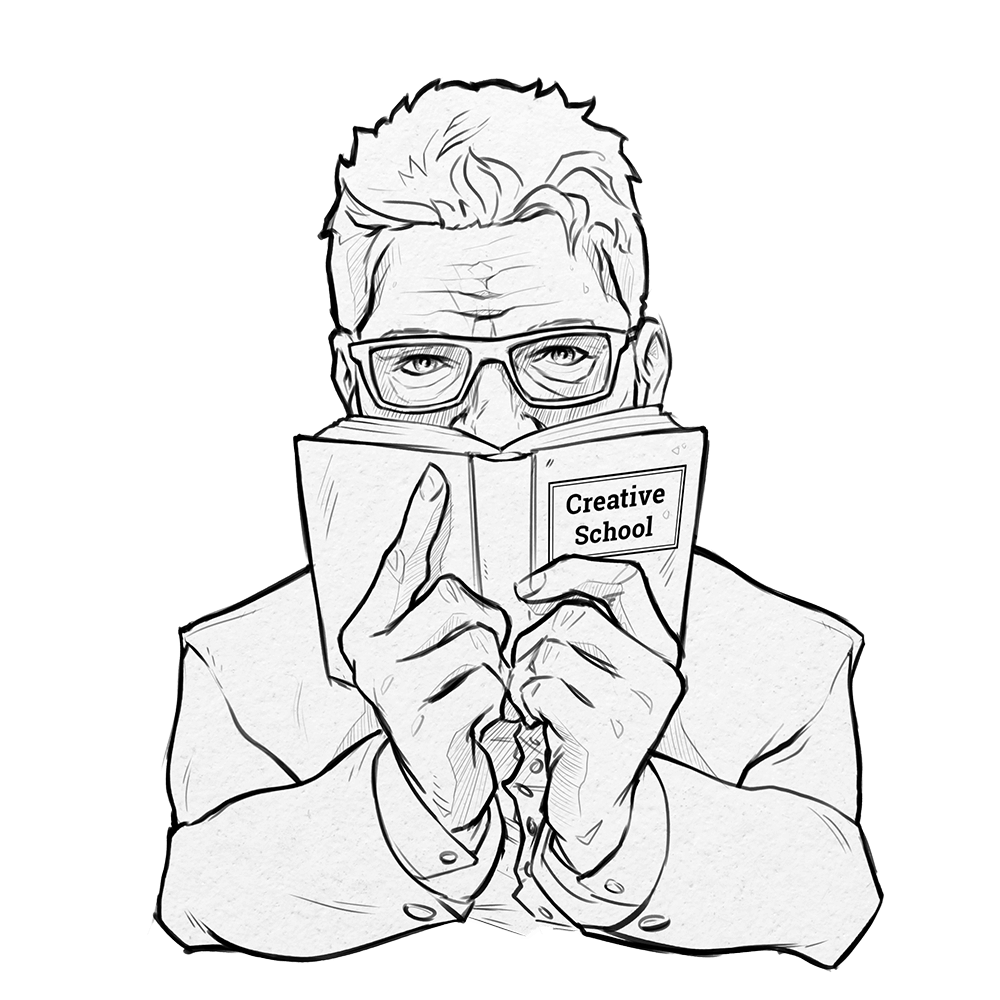Do you worry about education? We do, that’s why you are currently reading this article – a review of the grassroots revolutionary’s book, Ken Robinson, who clearly emphasize the need of a change, who inspire for the action in favour of the restructuring educational systems worldwide. A man who really broadens horizons and gets out of turmoils stiff school timetables’ turmoils, classes lasting 45 minutes, shattering one’s dreams and nipping the passion in the bud.
A creative school – what is it like?
Before we’ll proceed right to the point, let us come back to the moment where that’s all began. Robinson’s speech ‘Do schools kill creativity?’ in frames of TED Talk opened the door to an international career in the area of education for him. He became a peculiar guru for many teachers, principals, parents and students. His belief that schools deprive children of their natural creativity, brought up and inspired loads of sector’s employees. Over 65 million views of the charismatic speech attest to the strength of the transmission and the book itself perfectly completes this what time didn’t allow to present.
In an introduction we can read following:
’It is one of my most serious worries that although educational systems worldwide are being subjected to reforms, these are in many cases reforms which are being conducted from political and commercial motives, at incorrect understanding in what way people actually learn and how do wonderful schools function. As a result perspectives of the innumerable amounts of young people are being destroyed. Sooner or later, with positive or negative effect, these reforms will affect also you or somebody who you know. It is important to understand what they apply to. If you agree that they are going in the wrong direction, I hope that you will become a part of the movement for more holistic approach, in which diversified talents of all our children are being looked after’.
The disposal of students’ prospects is progressing due to standardization. On what basis it is determined which subjects are ‘useful’ and which aren’t? Which are ‘serious’ and ‘prestigious’, and which are less and out of place? So that if play, only in the courtyard after classes rather than at school? How to defeat the sad vision of educational systems which are lumping young people together, into one social scheme, crossing out the chance for the actual development and creative job?
Creative school is a place where the evil of the standardization is being noticed and eliminated. Robinson’s metaphors perfectly reflect the essence of an issue – people don’t have standard shapes and sizes. It also regards their abilities. Only a personalization is able to get and develop abilities of all people without missing a person.
Creative case studies
A rapid flowing style and a definitely lively, inspiring narration singles the Robinson’s book out. Every paragraph heightens a desire for implementing any changes, motivates to be a part of the revolution which is happening now. There are numerous case studies which deserve special attention – Robinson analyses problems which teaching institutions and educational systems cope with in particular countries, indicating teaching models which perfectly work in contemporary conditions of education. Examples can constitute the endless source of the stimulation for the reorganization of how do schools in the world really function. He emphasizes repeatedly that it is Finland which deserves the loudest fanfares in the issue of reforms, however he also presents the plenty of micro- and macrostories, where schools snapped out of the funk. Moreover he pays our attention to principals, parents, students and teachers’ figures who de facto change the education and are strong elements in the chain of the revolution for the future of the education.
Ken Robinson – Bob the Builder of a better system
What touched our heart the most when it comes to Robinson’s thesis and demands? Apart from the knowledge and an enormous substantial value, studies, numbers of teaching institutions examples implementing substantial system changes – uncompromising nature. Robinson is British who naturally uses quite peculiar sense of humour some would say, additionally emphasizing this intransigence. Many people also accuse his theories for being idyllic in an American way and so called cheap coaching – well, we can only start crying above making Robinson’s changes shallow and the negation of what he does and already did for international education. The instruction manual of educational systems according to Robinson is simple:
- Children are born with talents but school kills them. The education suppresses individuality, imagination and creativity.
- Relations between teacher and student are the most important.
- A school timetable has a form of the conveyor belt, in which it is necessary to stop activities before finishing them.
- A fun is the most important component of an education.
- The teacher’s desk in a classroom separates a person from students – it creates the barrier.
- Students need teachers who believe in them.
- One should promote social initiatives which link that what happens at school with what is outside.
- Let us build the school program around interests of students – then they will be achieving more.
- One should teach students the criticism – in the Internet age they must be able to distinguish facts from the opinions and truth from the fraud.
‘Creative schools’ of Ken Robinson is a definitely groundbreaking book. You will learn from it what solutions are effective in order to conduct the transformation of schools and educational systems. What’s more, you will know these 21st century possibilities which will develop young people and their personalities in order to prepare them for the real life and challenges in a contemporary world. Robinson leaves hard school desk and revolutionizes the educational environment. Remember: ‘whoever and wherever you are, you have a chance to change the system’. We are ready, what about you?
Bibliografia
Robinson K., Kreatywne szkoły. Oddolna rewolucja, która zmienia edukację, wyd. Element, 2015
Robinson K., Kreatywne szkoły. Oddolna rewolucja, która zmienia edukację, wyd. Element, 2015
